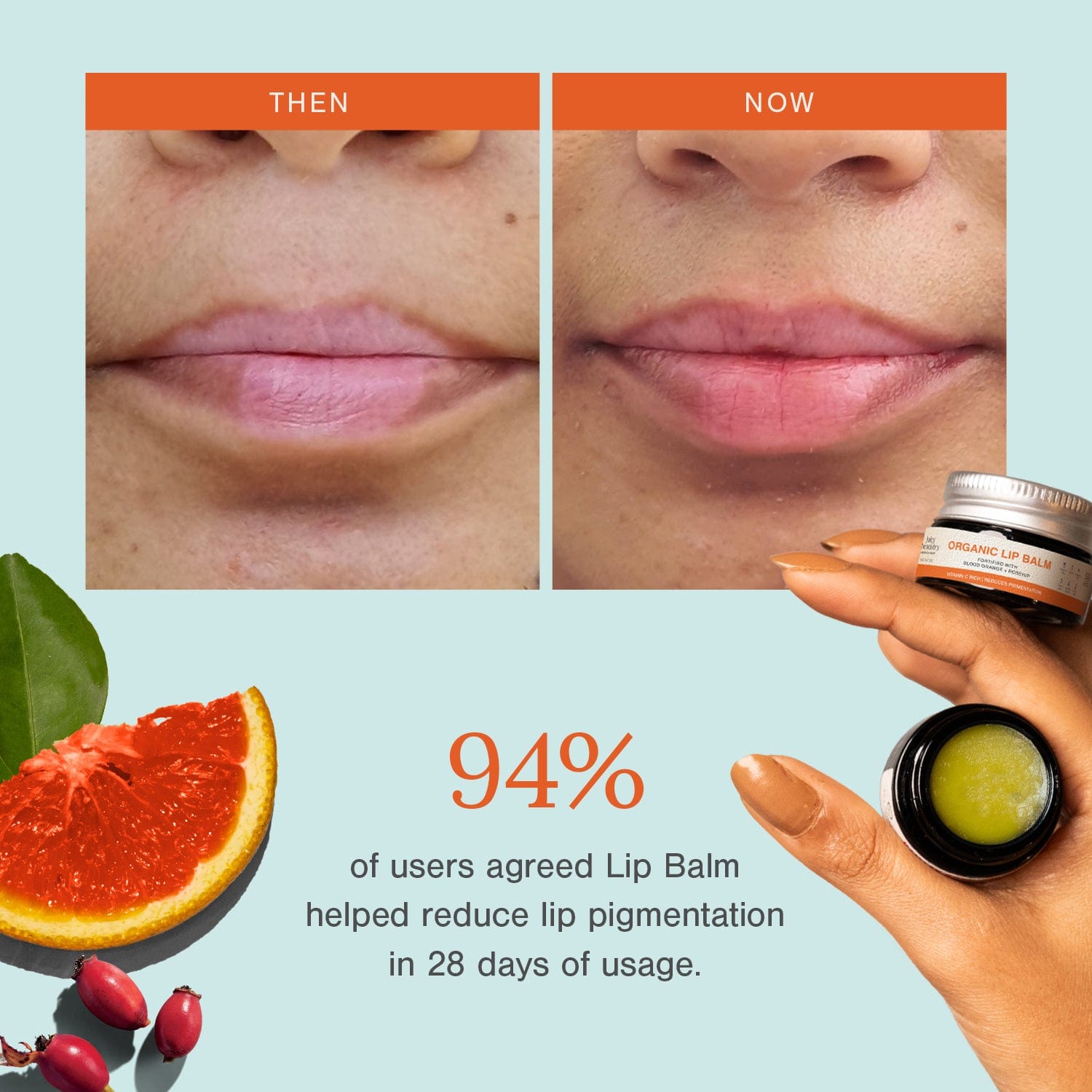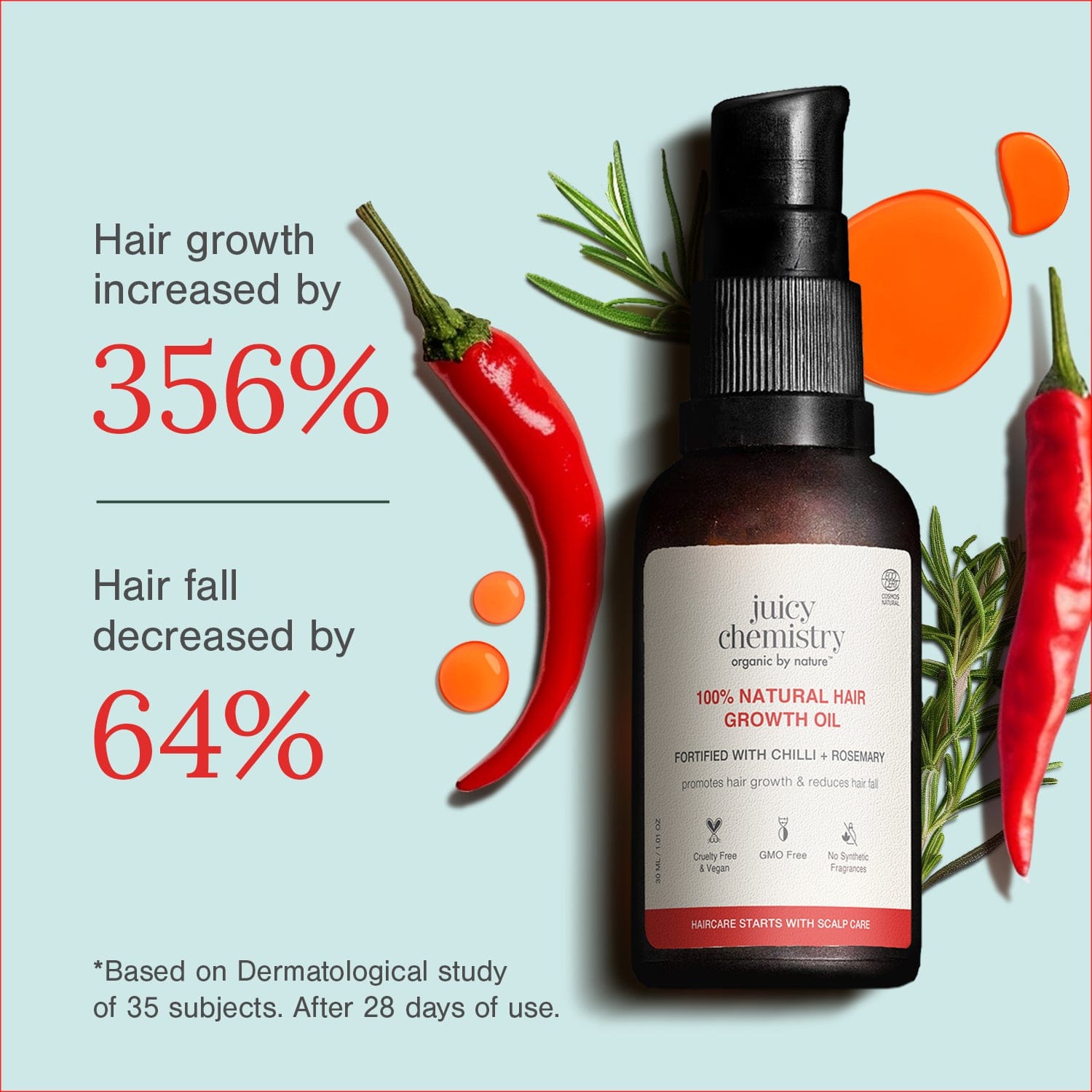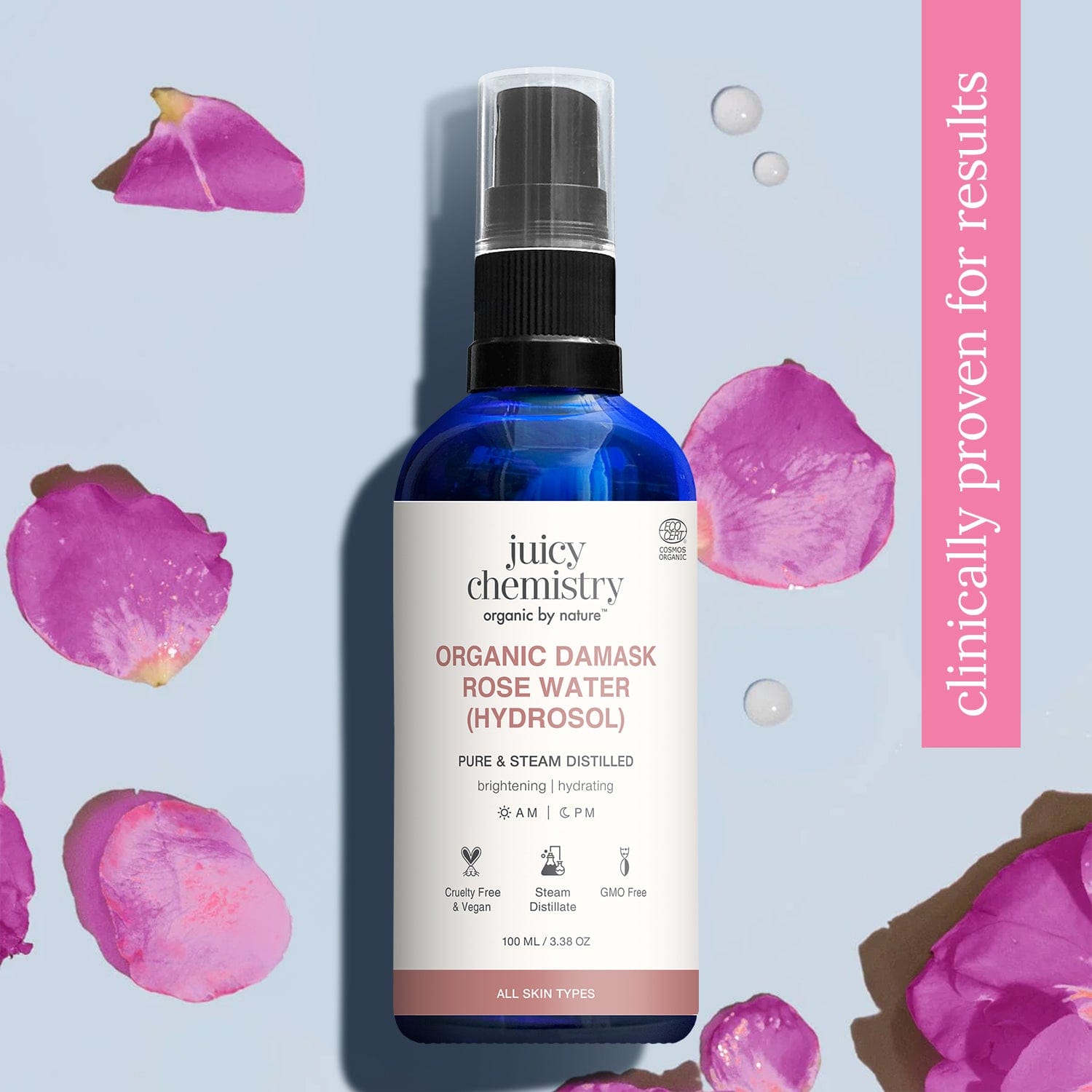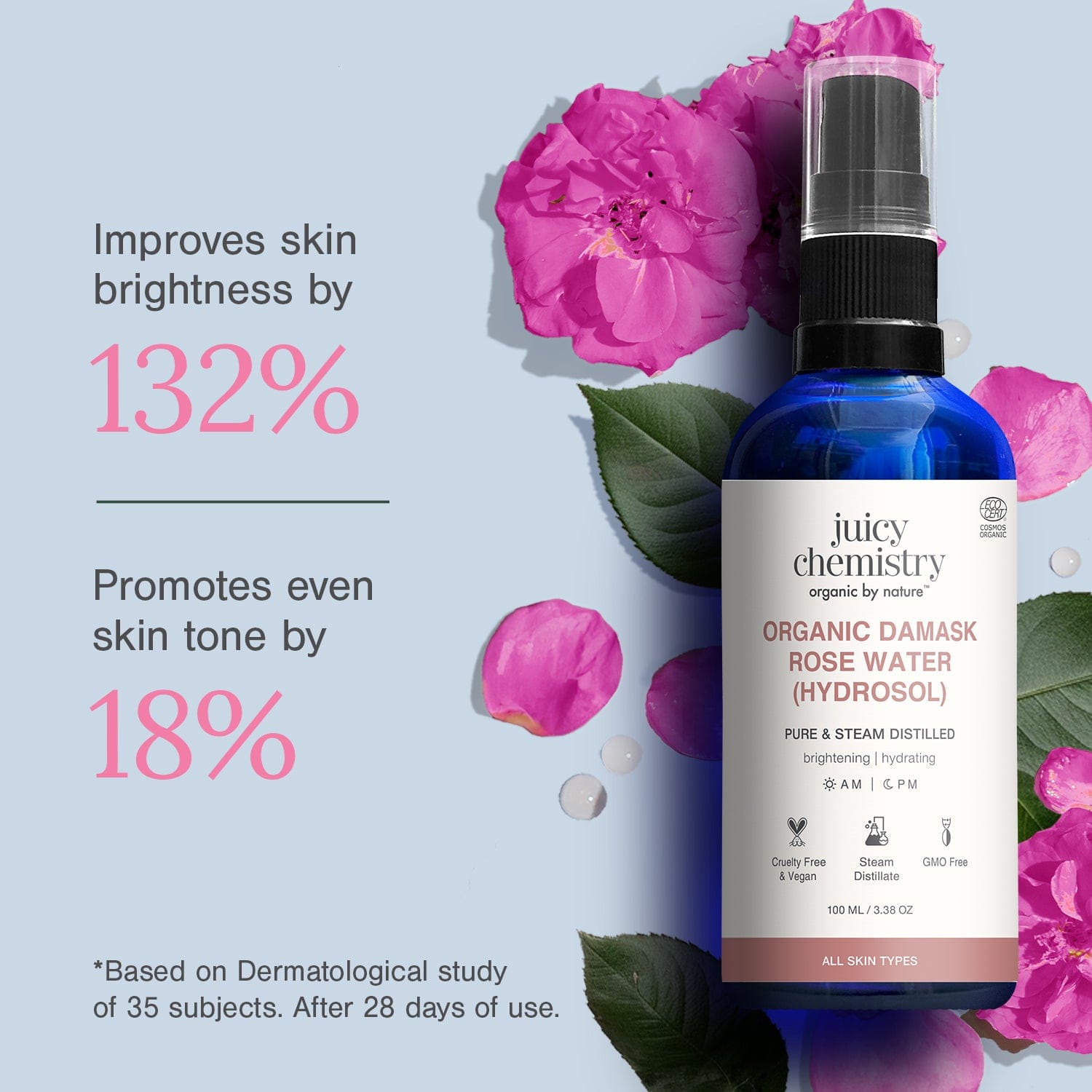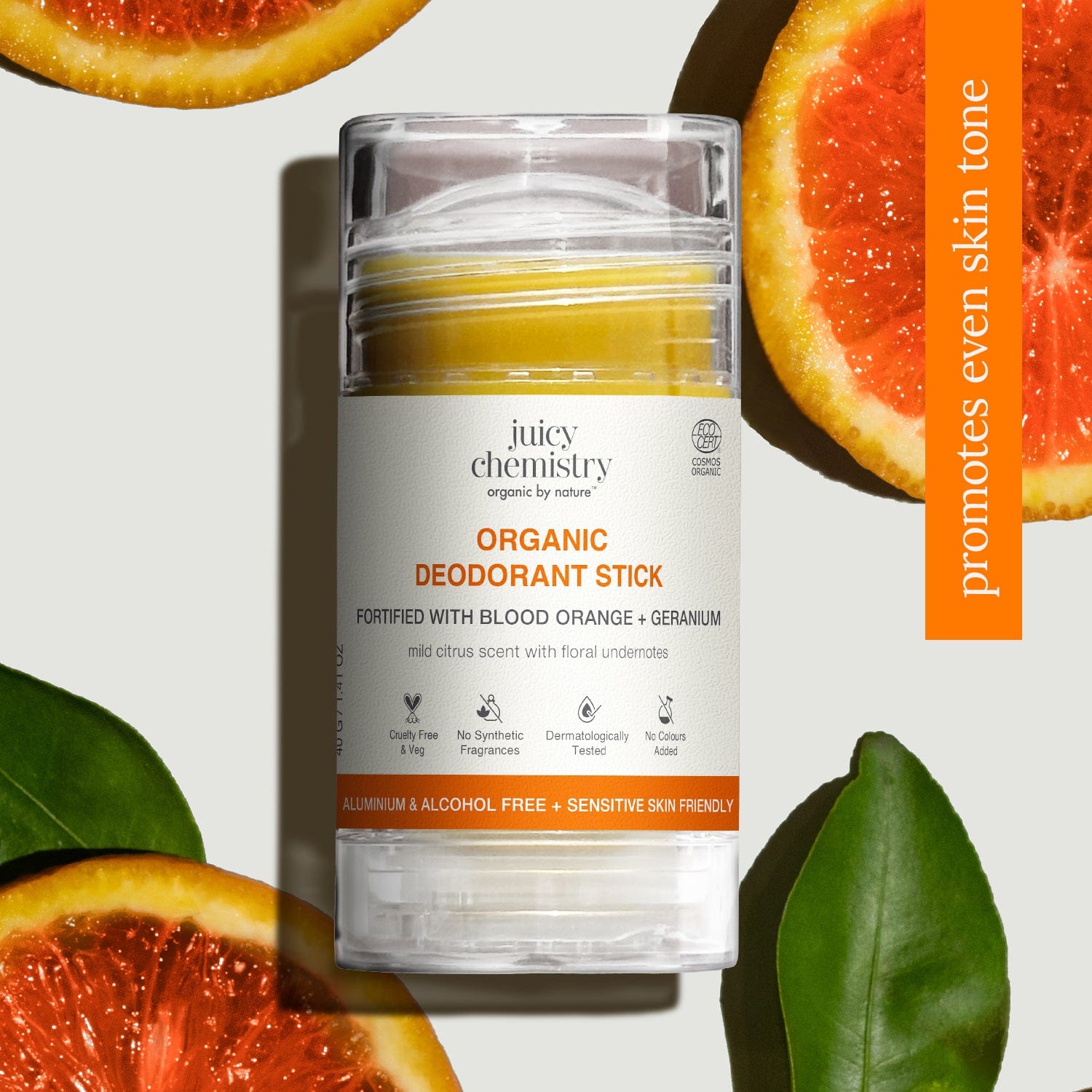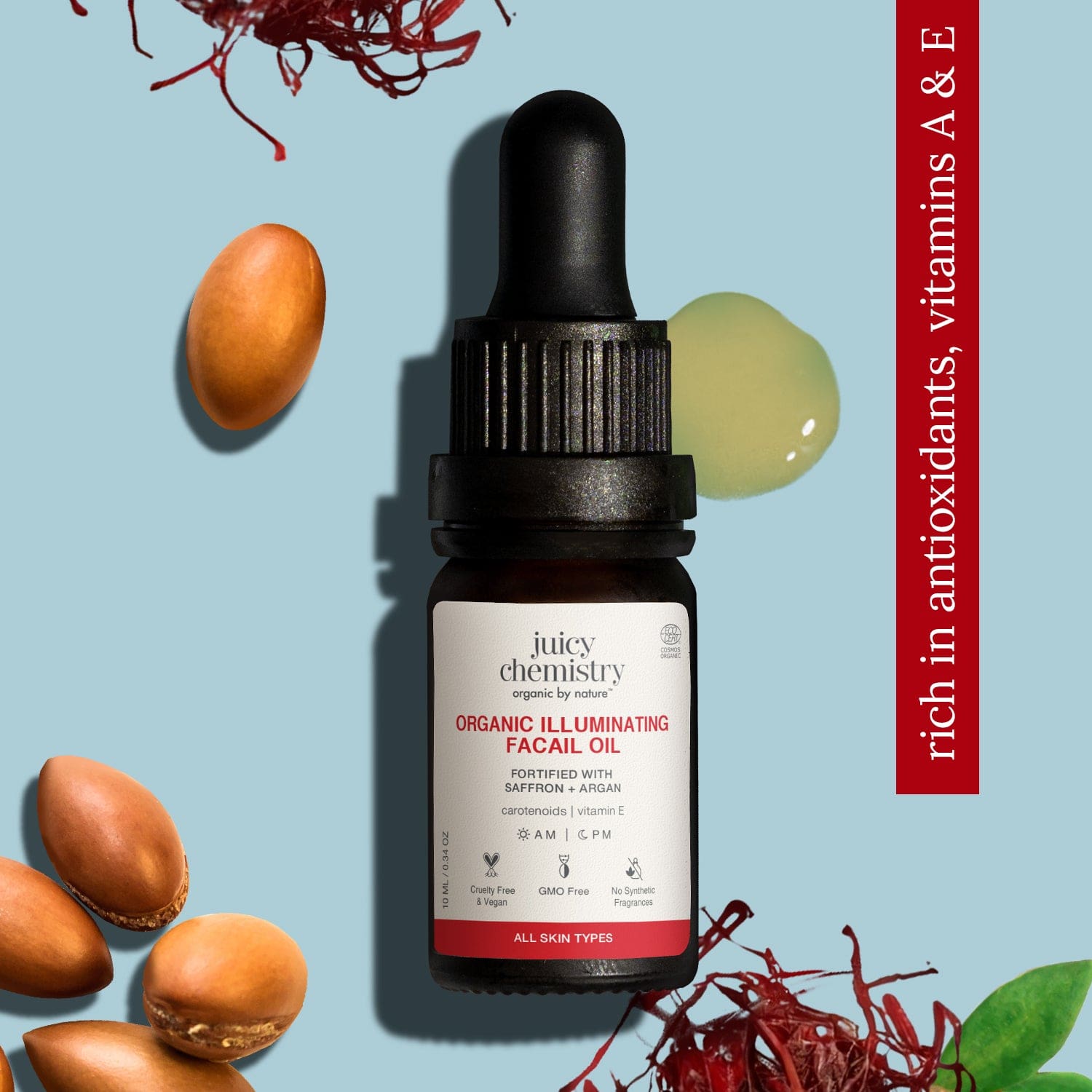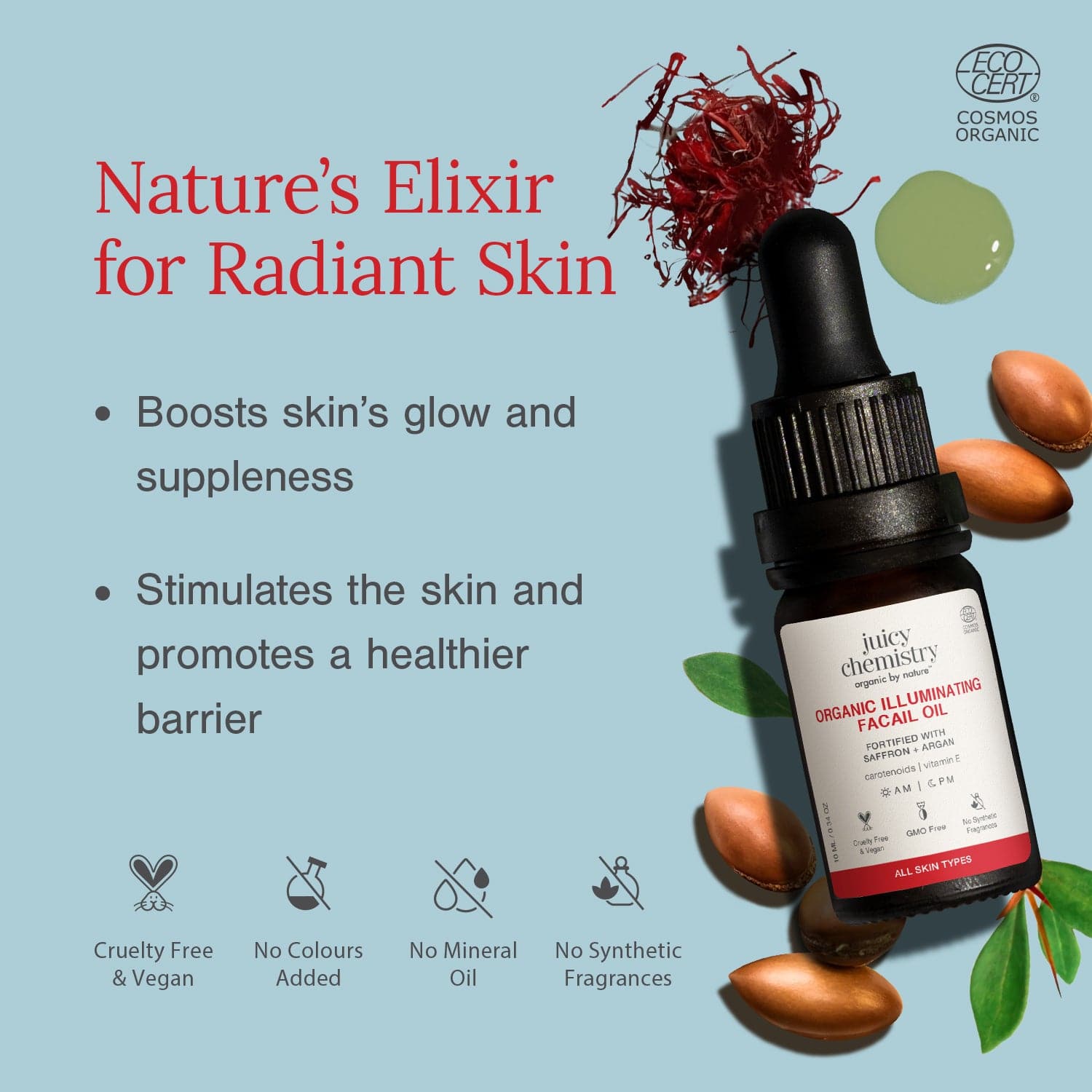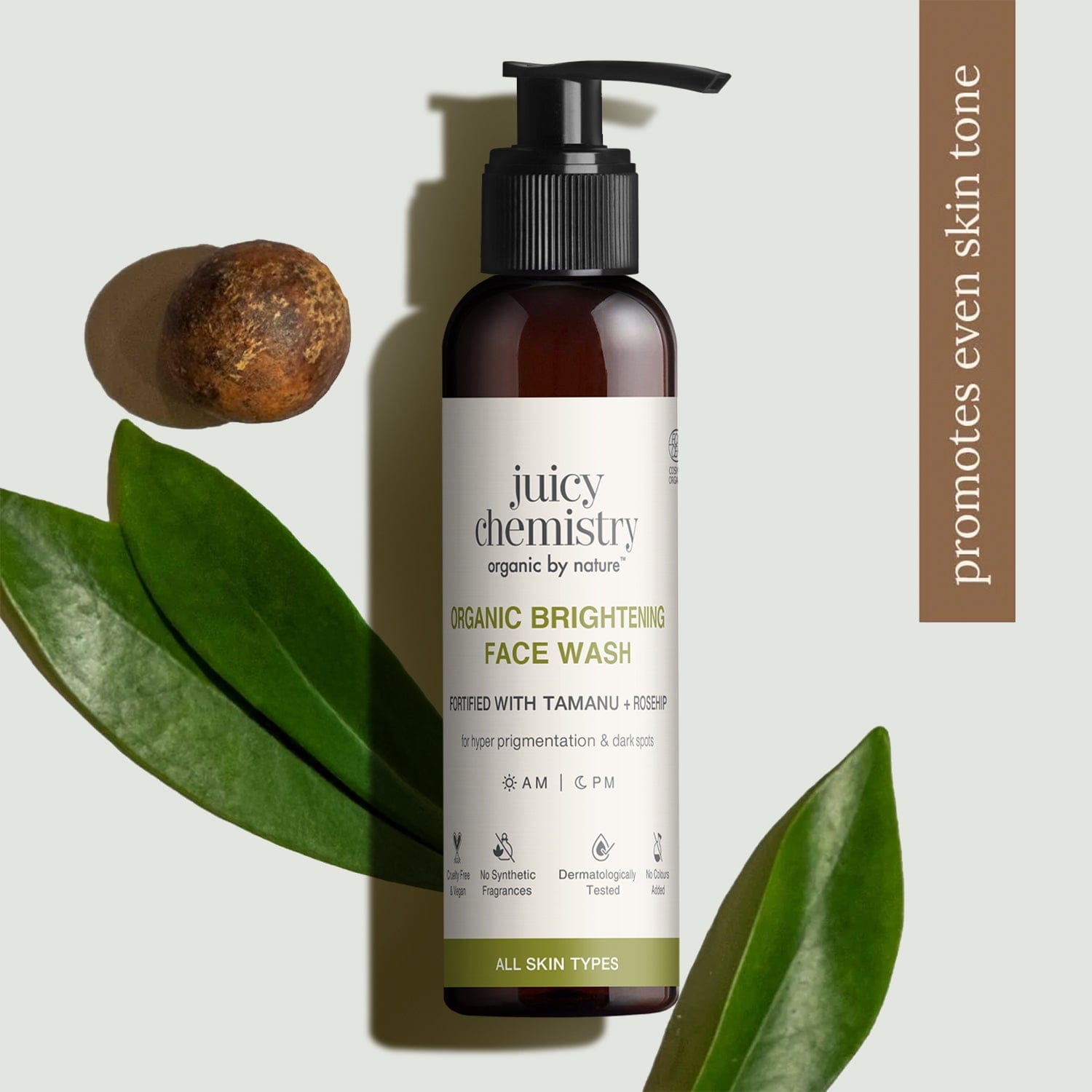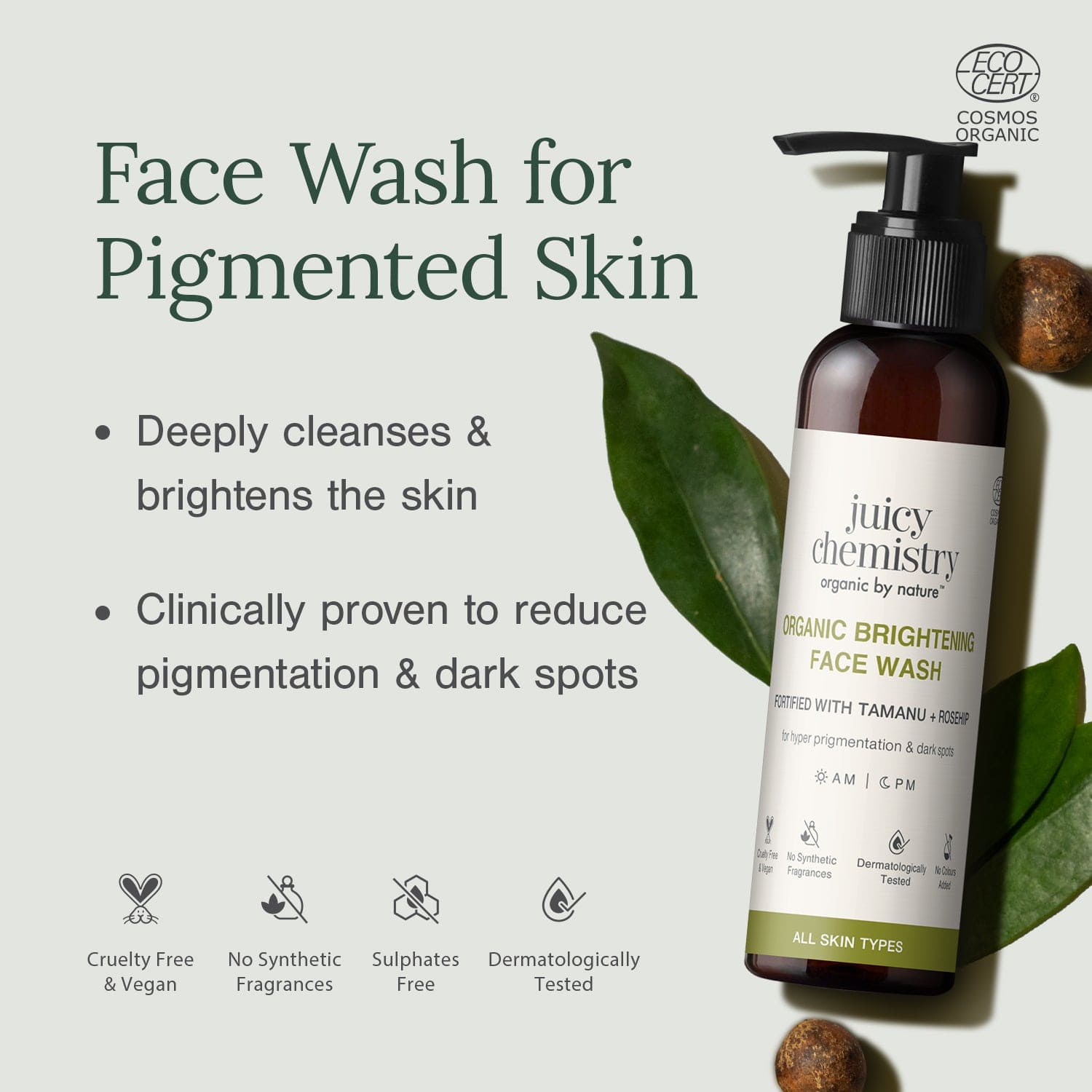What to Use Together and What Not To – The Ultimate Guide to Pairing Actives in Skincare
May 12, 2025The realm of active ingredients in skincare is both thrilling and daunting. With a plethora of potent actives claiming to address a variety of issues, ranging from acne to pigmentation and signs of aging, it’s crucial to comprehend how these components interact with one another. While certain ingredients are like best friends, working together to enhance each other's advantages, others may negate each other's effects or cause irritation when mixed.
The Importance of Pairing
Properly combining actives guarantees that you maximize the benefits of your skincare routine without jeopardizing your skin's barrier. Incorrect pairings can result in irritation, dryness, and breakouts, particularly for those with sensitive or acne-prone skin.
The Dynamic Duos of Skincare: Optimal Active Ingredient Combinations
Here are some active ingredient combinations that perform exceptionally well when integrated into a skincare regimen:
-
Niacinamide and Hyaluronic Acid
Why: Niacinamide fortifies the skin barrier and enhances texture, while Hyaluronic Acid provides hydration and helps prevent TEWL (Transepidermal Water Loss). This combination is suitable for all skin types, particularly dry and sensitive skin. -
Alpha Arbutin with Vitamin C or Niacinamide
Why: Alpha Arbutin diminishes dark spots and works effectively with brightening agents like Vitamin C and Niacinamide. This pairing is perfect for those with pigmented, dull, or uneven skin tones. -
Salicylic Acid and Niacinamide
Why: Salicylic Acid is effective in unclogging pores, while Niacinamide soothes inflammation and balances oil production. This combination is ideal for oily and acne-prone skin. -
Azelaic Acid and Niacinamide
Why: Both ingredients are anti-inflammatory and excellent for reducing redness while improving skin texture. This duo is particularly beneficial for those prone to rosacea or with sensitive skin. -
Ceramides and Any Exfoliating Acid
Why: Exfoliating acids help remove dead skin cells, while ceramides restore the skin barrier. It’s best to use exfoliating acids in the evening, followed by barrier-repairing serums. This combination is especially advantageous for dry, aging, or sensitized skin.
Caution Required: Ingredients That May Cause Irritation When Combined
Certain active ingredients should ideally be avoided in the same routine or used with extreme caution to prevent potential irritation, redness, and sensitivity. These include:
-
Vitamin C with AHAs/BHAs
Why: Both are acidic and can excessively lower the skin’s pH, leading to sensitivity. It’s advisable to use them at different times throughout the day. -
Retinoids with Exfoliating Acids
Why: Over-exfoliation can disrupt the skin barrier. If you need to use both, alternate nights and apply a moisturizer in between. -
Niacinamide with Vitamin C (Controversial)
Why: Older studies suggested that they deactivate each other, but contemporary formulations are generally stable. However, some individuals with sensitive skin may still experience flushing.
Active Ingredient Recommendations Based on Skin Type
Curious about which active ingredients are best suited for your skin type? Here’s a quick reference guide:
- For oily/acne-prone skin: Look for formulations containing Salicylic Acid, Niacinamide, Zinc PCA, and Azelaic Acid.
- For dry skin: Seek out products with Hyaluronic Acid, Ceramides, and Panthenol.
- For pigmentation issues: Consider formulations with Alpha Arbutin, Niacinamide, Vitamin C, and Azelaic Acid.
- For sensitive skin: Opt for products featuring Azelaic Acid, Ectoine, Centella (CICA), and Panthenol.
- For mature skin: Choose formulations with Ceramides, Copper Peptides, Glutathione, and Vitamin C.
Expert Tips for Safe Active Layering
When incorporating active ingredients into your skincare routine, it’s essential to proceed with caution. Here are some guidelines to help you establish a healthy and safe regimen:
- Always conduct a patch test before introducing a new product containing active ingredients.
- Introduce only one new active ingredient at a time to monitor your skin's response and sensitivity.
- Use SPF daily, particularly when using acids or Vitamin C, to protect your skin.
- Support a healthy skin barrier by including hydrating and soothing ingredients like Ceramides.
By understanding how actives can either complement or conflict with one another, you can develop a highly effective, targeted skincare routine tailored to your skin’s unique needs—without compromising its health.


